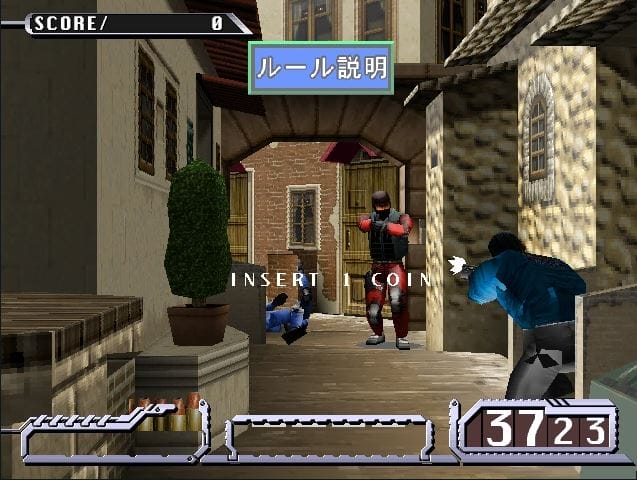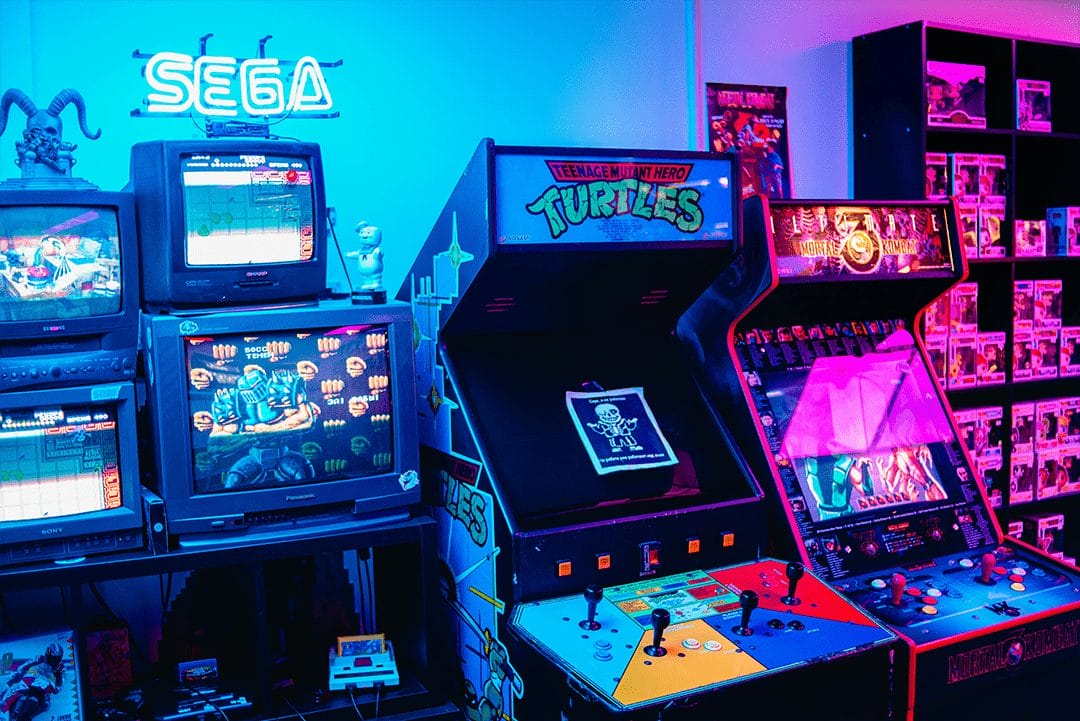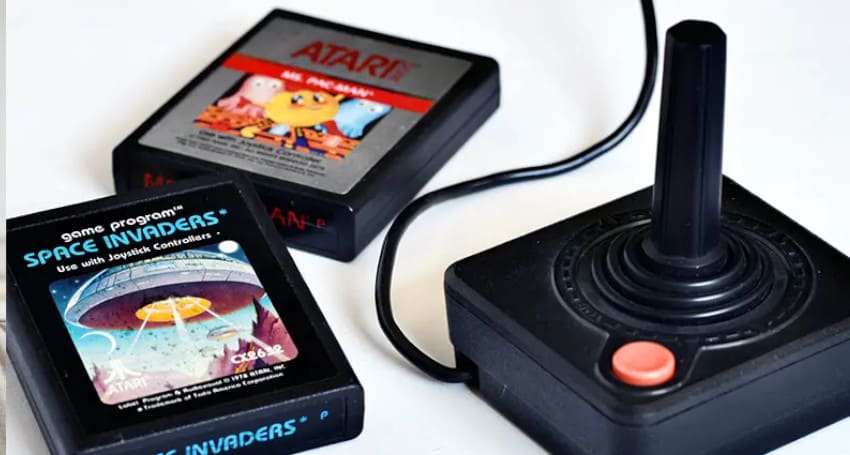
Arcade Franchises That Successfully Evolved for the Modern Era (and Those That Didn’t)
Evolution is a key aspect of game design. Consumers have high expectations for their favourite franchises and publishers who fail to continuously innovate fall by
While retro gaming as an industry is now stronger than it has been for a long time, there was a lengthy period of time in the early to mid-2010s where it looked like this medium might die out altogether. In the midst of rapidly improving graphics and gameplay, not very many were interested in the games that started it all. However, the late 2010s triggered a sharp change in consumer outlook and people were suddenly excited by all things retro – Vinyl, Polaroid, and even Walkman music players re-entered the market and became profitable enough for their parent companies to create new versions using modern tech. Retro gaming also saw a similar upturn of interest with enthusiasts looking for ways to make the golden age of retro gaming accessible on modern software & hardware. Emulation was the solution to this and has quickly become the go-to for playing classics on modern devices.
To put it simply, emulation uses the hardware and software from your device to virtually recreate that of another. Primarily, emulators are split into three types – device emulators which are frequently used by developers to test how software would run on different platforms, operating system emulators that allow users to run a different version of Windows/IOS/Linux, as well as game emulators which are designed to recreate the functionality of a console or game system. Modern emulation systems sometimes even go a step further and improve on the original experience by implementing things such as improved frame rate, compatibility with the latest peripherals, or even upgraded textures or visuals.
The role of an emulator can be described via a simple analogy: you’re a tourist visiting a different country, you find a local power outlet and look to plug in a charger, unfortunately, the sockets (while fundamentally the same), are different sizes and require a converter to use. An emulator does something similar to the converter in the prior example, it allows for a device or a piece of software to become compatible with another that it may not be able to otherwise.
While it’s challenging to pinpoint exactly where emulation began, it’s theorised that it was the early days of home PCs (Mid-1990s) that actively kick-started this vital aspect of the gaming industry. In the early days, emulation had a great many flaws – developers rarely published the tech specs of their hardware which meant that computer-savvy fans were left to figure out their inner workings via reverse engineering. There was a huge push for Nintendo emulation and many of their devices such as the NES, Super NES, and Game Boy were studied in great depth leading to the creation of what would later be referred to as the Snes9x in 1996. What followed was the development of countless other emulator programs which, with the wider availability of the internet, became infinitely more widespread.
If retro gaming was an accessible medium, there would be no need for emulation. However, there are various issues that those trying to re-experience the glory days of retro gaming are frequently met with:
It’s hard to deny the charm of owning retro devices or games in their original form. Unfortunately, this isn’t especially practical in the modern landscape where functional pieces of retro gear can set you back hundreds (if not thousands) of pounds. Emulation is a great way around this and has become a practical solution for those wanting to enjoy the charm of retro gaming without all of the extra hassle.
The arcade era was arguably what started the global gaming craze. Iconic franchises such as Street Fighter, Tekken, and Super Mario all owe a fraction of their popularity to the accessibility of their individual arcade cabinets. While pretty much every iteration from the Street Fighter, Tekken, and Super Mario franchises is readily accessible even on the latest devices, there are plenty of series originating in the arcade that rely heavily on emulation to keep them from fading into obscurity.
At Arcade Mania, our Classic Arcade Machines and Mega Arcade Games Machines are built to retain the retro nostalgia of classic gaming. Each of our cabinets has over 10,000 pre-installed games ranging from well-known bestsellers to iconic sleeper hits.
Interested in finding out more about our custom arcade machines? View our full mega arcade machine product range, or get in touch with our team directly to find out how we can help you create your dream arcade machine cabinet.

Evolution is a key aspect of game design. Consumers have high expectations for their favourite franchises and publishers who fail to continuously innovate fall by

The Arcade is widely recognised as the birthplace of some of gaming’s most iconic titles. Without the simplistic 8-bit graphics of the 1970s, we would

Whether you’re a hardcore gamer, or someone with more of a casual interest; it’s no secret that gaming as a medium has changed a great

There are a multitude of popular films that reference famous retro games, the majority are based off games themselves so it is interesting to see

You may associate your favourite retro games with an iconic hero or protagonist. However, if you were to go back to these retro games and

Many retro games stunned the entire industry with their gameplay and memorable characters. However, many retro games are appreciated because of their in-game graphics, which

Evolution is a key aspect of game design. Consumers have high expectations for their favourite franchises and publishers who fail to continuously innovate fall by

The Arcade is widely recognised as the birthplace of some of gaming’s most iconic titles. Without the simplistic 8-bit graphics of the 1970s, we would

Whether you’re a hardcore gamer, or someone with more of a casual interest; it’s no secret that gaming as a medium has changed a great

There was a time when arcade machines dominated the gaming space – arcades were found around every corner and were packed with people of all

Whether you’re a hardcore gamer, or someone with more of a casual interest; it’s no secret that gaming as a medium has changed a great

In recent years, many gaming companies have placed major emphasis on implementing accessibility within their franchises. Mobile and portable gaming are now leading sources of

The 1980s are famous for the era in which arcade games and video games were embraced by the mainstream market. There were some basic concepts and

Table tennis, pool tables, and dart boards are all standard additions to the contemporary games room. Have you thought about buying something more distinctive for your